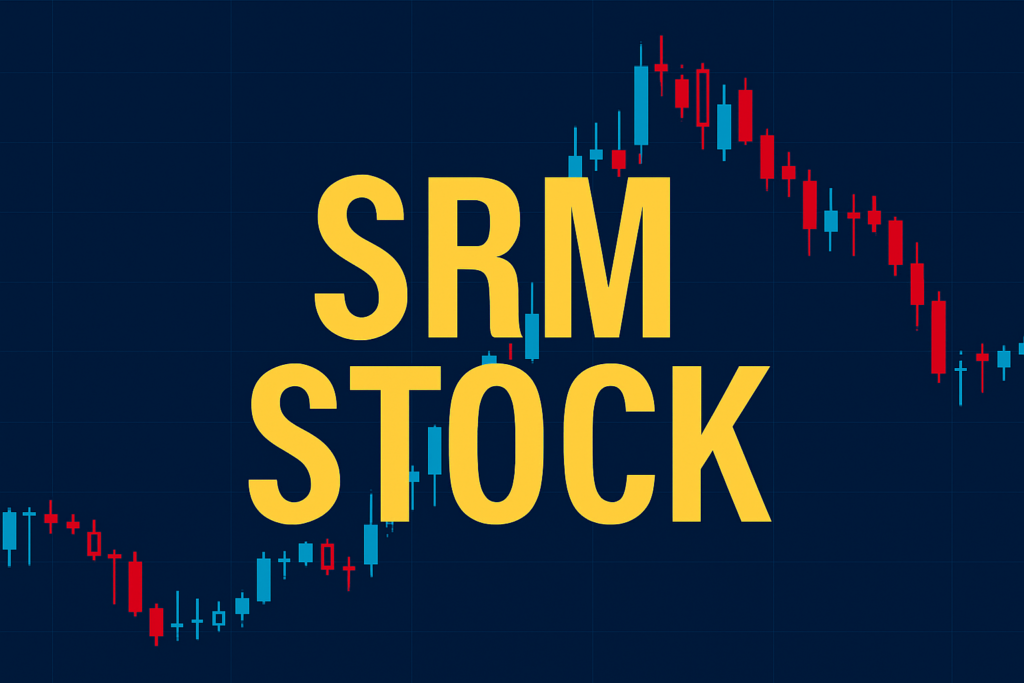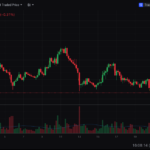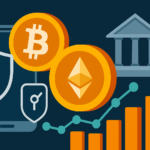The crypto market never sleeps, and neither does investor curiosity. One name that’s making headlines again is SRM, the native token of Serum, a decentralized exchange (DEX) built on the Solana blockchain. After a period of relative quiet following the FTX collapse—Serum’s key backer—SRM is once again showing signs of life. But what’s really going on?
What Is Serum (SRM)?
Launched in 2020, Serum aimed to bring the speed and low fees of centralized exchanges to the decentralized finance (DeFi) world. It was designed to operate on Solana, offering an on-chain order book that allowed users to trade quickly and transparently—without intermediaries.
SRM was its utility and governance token, giving holders discounts on trading fees and the power to vote on protocol upgrades.
Why Is SRM Trending Now?
There are a few key reasons SRM is back in the spotlight:
- Speculative Buzz: With meme coins and small-cap tokens surging in 2024–2025, investors are hunting for the next breakout. SRM, with its low current price and previous all-time high, fits the narrative.
- Solana Ecosystem Growth: Solana has bounced back strongly from past outages, and projects tied to it—including Serum—are receiving renewed attention.
- FTX Liquidation Watch: With FTX bankruptcy proceedings ongoing, large SRM holdings are in play. Traders are speculating on potential sell-offs, airdrops, or token burns.
- Algorithmic Trading Signals: SRM has hit a series of technical patterns and is appearing more frequently in AI-generated trading signals.
Should You Buy SRM?
SRM remains a high-risk, high-reward asset. While it has solid tech roots and speculative upside, it’s still haunted by FTX-related baggage and lack of recent developer activity. It may appeal to swing traders and short-term speculators—but it’s far from a sure bet.
If you do consider SRM, keep position sizes small, watch on-chain data, and set stop-losses.
Bottom Line
SRM stock (or token) is back in the conversation—but it’s not for the faint of heart. As always, do your own research and never invest more than you’re willing to lose.







